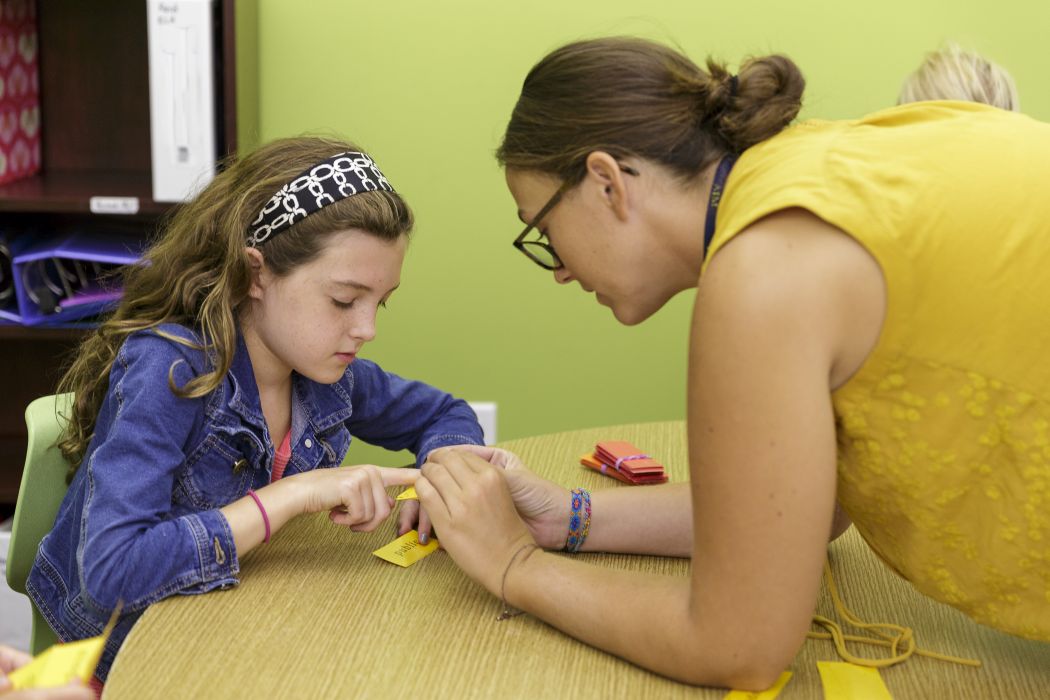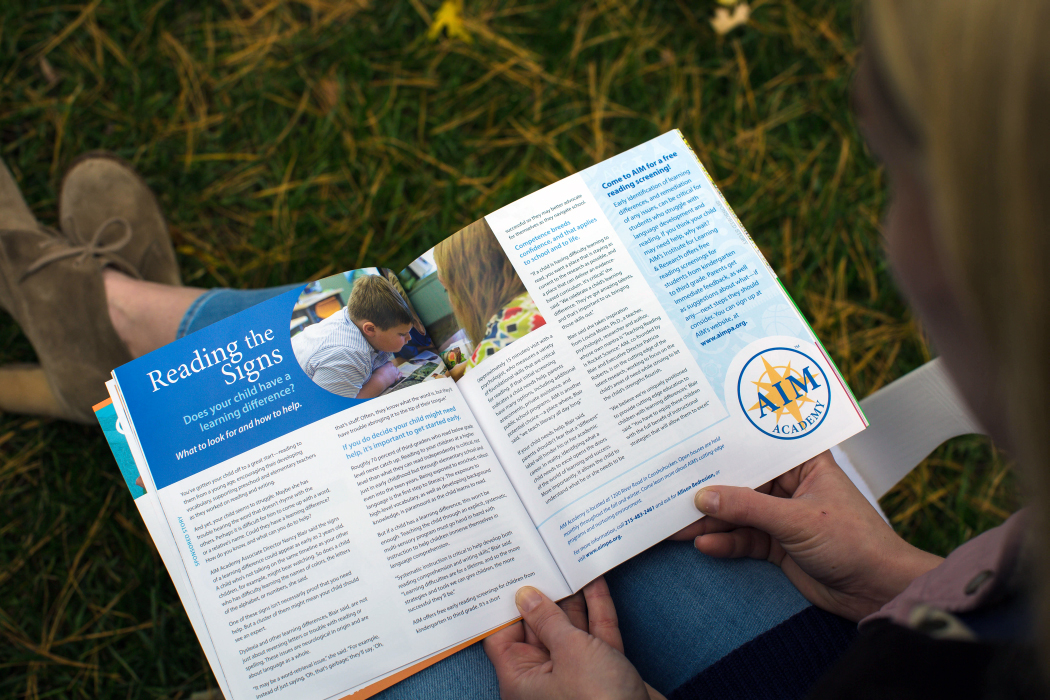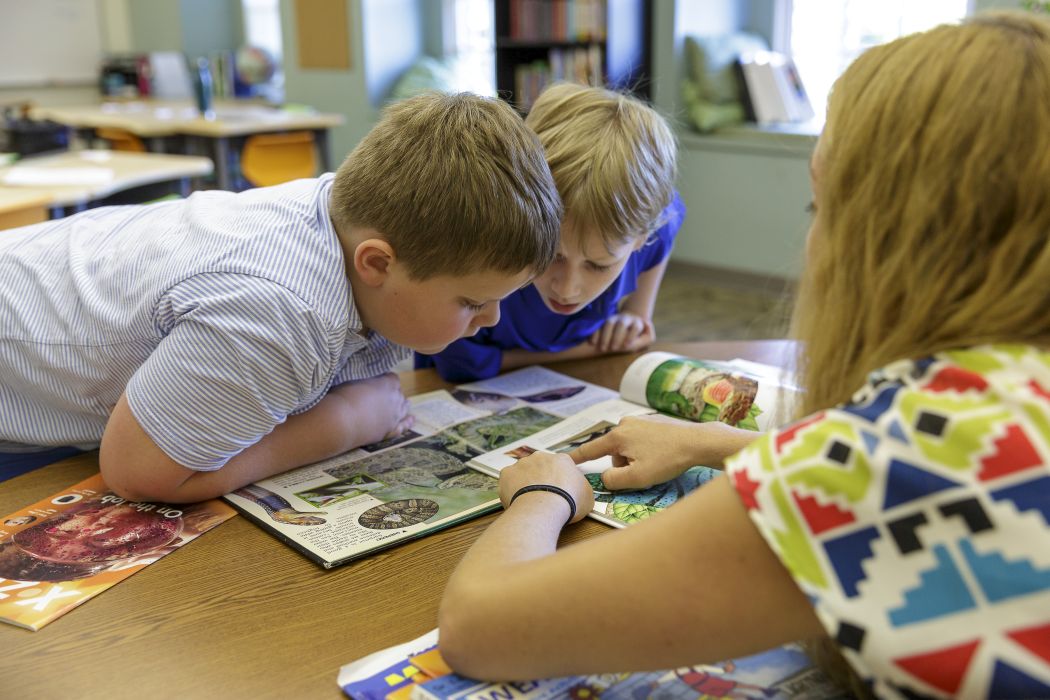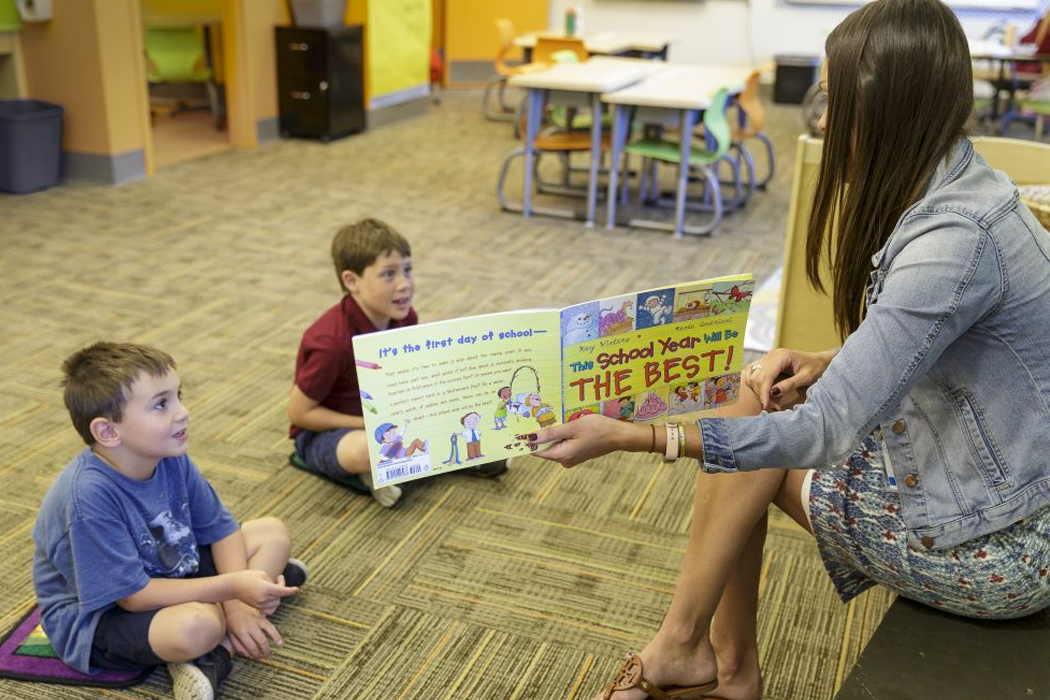Reading the Signs of Learning Differences
Early identification of learning differences, and remediation of any issues, can be critical for students who struggle with language development and reading.

You’ve gotten your child off to a great start — reading to them from a young age, encouraging their developing vocabulary, supporting preschool and elementary teachers as they worked on reading and writing.
And yet, your child seems to struggle. Maybe she has trouble hearing the word that doesn’t rhyme with the others. Perhaps it is difficult for him to come up with a word, or a relative’s name. Could they have a learning difference? How do you know, and what can you do to help?
AIM Academy Associate Director Nancy Blair said the signs of a learning difference could appear as early as 2 years old. A child who’s not talking on the same timeline as your other children, for example, might bear watching. So does a child who has difficulty learning the names of colors, the letters of the alphabet, or numbers, she said.
One of these signs isn’t necessarily proof that you need help. But a cluster of them might mean your child should see an expert.
Dyslexia and other learning differences, Blair said, are not just about reversing letters or trouble with reading or spelling. These issues are neurological in origin and are about language as a whole.
“It may be a word-retrieval issue,” she said. “For example, instead of just saying, ‘Oh, that’s garbage,’ they’ll say, ‘Oh, that’s stuff.’ Often, they know what the word is, but they’ll have trouble bringing it to the tip of their tongue.”
If you do decide your child might need help, it’s important to get started early. Roughly 70 percent of third-graders who read below grade level never catch up. Reading to your children at a higher level than what they can read independently is critical, not just in early childhood but through elementary school and even into the teen years. Being exposed to enriched, robust language is the first step to literacy. The exposure to high-level vocabulary as well as developing background knowledge is paramount as the child learns to read.
If a child has a learning difference, this won’t be enough. Teaching the child through an explicit, systematic, multi-sensory program must go hand in hand with instruction to help children immerse themselves in language comprehension.
“Reading and writing do go hand in hand and, so we keep looking at these pieces and saying we need to develop these skills with the students because they’re not going to get them without systematic instruction,” she said. “Learning difficulties are for a lifetime, and so the more we can give children strategies to deal with those, the more successful they’ll be.”
If your child needs help, Blair said, parents shouldn’t fear that a “different” label will hinder his or her academic career. In reality, identifying what a child needs to excel opens the doors of the world of learning and success. More importantly, it allows the child to understand what he or she needs to be successful so they may better advocate for themselves as they navigate school. Competence breeds confidence, and that applies to school and in life.
“If a child is having difficulty learning to read, you want a place that is staying as current to the research as possible, and a place that can deliver an evidence-based curriculum. It’s critical,” she said. “We celebrate a child’s learning difference. They’ve got amazing talents, and that’s important to us, bringing those skills out.”
Blair said she takes inspiration from Louisa Moats, Ph.D., a teacher, psychologist, researcher and author, whose own mantra is “Teaching Reading Is Rocket Science.” AIM, co-founded by Blair and Executive Director Patricia Roberts, is on the cutting edge of the latest research, working to focus on the child’s areas of need while striving to let the child’s strengths flourish.
“We believe we’re uniquely positioned to provide cutting edge education to children with learning differences,” Blair said. “You have to equip these children with the full benefit of instructional strategies that will allow them to excel.”
Visit the Integrated Services portion of AIM’s website for Free Resources!
Early identification of learning differences, and remediation of any issues, can be critical for students who struggle with language development and reading. If you think your child may need help, why wait?






NO COMMENTS